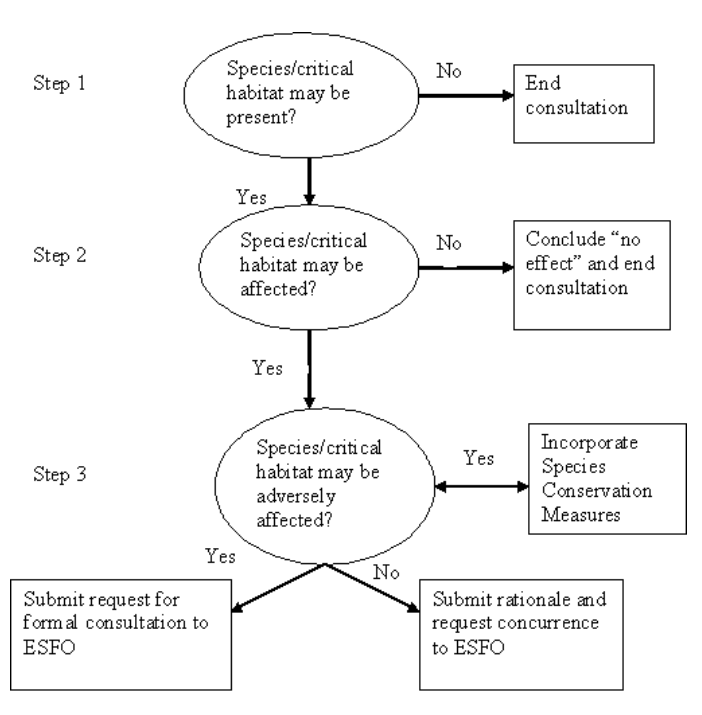Four Questions on Endangered Species Act (ESA) Consultation for Stormwater Design
By: Tarelle Osborn, Principal & President, Osborn Consulting, and Deepa Mungasavalli, Practice Lead, Transportation Drainage, Osborn Consulting
Will my Roadway or Bridge Project require more Stormwater Treatment Facilities than planned?
If your project will discharge stormwater runoff to streams with endangered species (or waterbodies that eventually discharge into waters with endangered species), such as Chinook salmon, the answer is YES! As renewed awareness has risen on the harmful impacts untreated stormwater has on our natural environment, particularly on salmonid species, the permitting and stormwater design process for roadway and bridge projects has changed. Project owners need to be aware that the typical thresholds for triggering stormwater treatment no longer apply if there is a potential impact to endangered species. Stormwater designers can no longer follow the applicable stormwater manual (e.g., WSDOT HRM, Ecology Manual, etc. for Washington State), and use the manual's flow charts to determine what stormwater minimum requirements are triggered. Stormwater designers now must consider the Endangered Species Act (ESA) Consultation as a starting point for stormwater requirements.
What is an ESA Consultation?
Your roadway improvement project might trigger an Endangered Species Act (ESA) consultation to ensure aquatic environments are protected from roadway runoff (see flow chart below). If there is a possibility of your project affecting critical habitat or endangered species, there are requirements beyond the WSDOT Hydraulic Runoff Manual (HRM) or Ecology Stormwater Manual that may need to be incorporated into your project.

What is Motivating ESA Consultations?
Prioritizing the health of our natural environment is the driving goal behind the ESA Consultations. In recent years, the stormwater industry has been abuzz with how to respond to 6PPD-quinone, a chemical involved in the production of car tires, which was determined to be a primary cause of the depleting coho salmon population. 6PPD-quinone is the result of the common additive 6PPD, meant to prevent degradation in tires. The tire chemical is deposited on any driving surface and conveyed through stormwater runoff to the nearest stream, pond, lake, or river, resulting in impacts to the habitat and the species that live there. Critical research is now underway to determine how we can remove this harmful chemical from stormwater runoff.
6PPD-Q and other risks that can adversely impact critical habitats and endangered species are why projects that discharge into waterbodies with these species present (or waterbodies that eventually discharge into waters with endangered species) may be required to provide stormwater treatment to the extent feasible for the contributing roadway runoff.
The highest priority treatment best management practice (BMP) is one that provides infiltration and/or dispersion. The second priority BMP type is one that provides enhanced treatment, especially low impact development (LID) BMPs. Ecology’s Stormwater Treatment of Tire Contaminants Best Management Practices Effectiveness Study, published in June 2022, provides an evaluation of the likely efficacy of existing BMPs to reduce concentrations of 6PPD-q in stormwater runoff. While additional research is ongoing, the table of BMPs presented in the report is a useful tool to siting BMPs on projects with 6PPD-q concerns.
How do I prepare for a project that may have an ESA Consultation?
For large-scale, multi-discipline projects that are triggering ESA Consultations, it is important for the entire team members to understand each permitting and manual requirement and what might be triggered through design iterations to help inform decisions with roadway engineers on how to be the most effective with their design. It is vital that stormwater solutions are fully vetted with the roadway designers and project owners to help foster a shared understanding of these complex requirements. This shared understanding will ensure that the project has adequate funding and right-of-way to build the required project improvements and determine early the responsibility and cost of the maintenance of the stormwater facilities. Therefore, permitting staff must be brought on board early in the project to help shepherd the team through the established guidelines and avoid surprises and challenges along the way that could result in a redesign or extended schedule. The goal for project teams should be to communicate these new stormwater treatment requirements and the reason for them so the team can work together to balance opportunities and protect our environment while staying cognizant of budget, schedule, and funding limitations.
